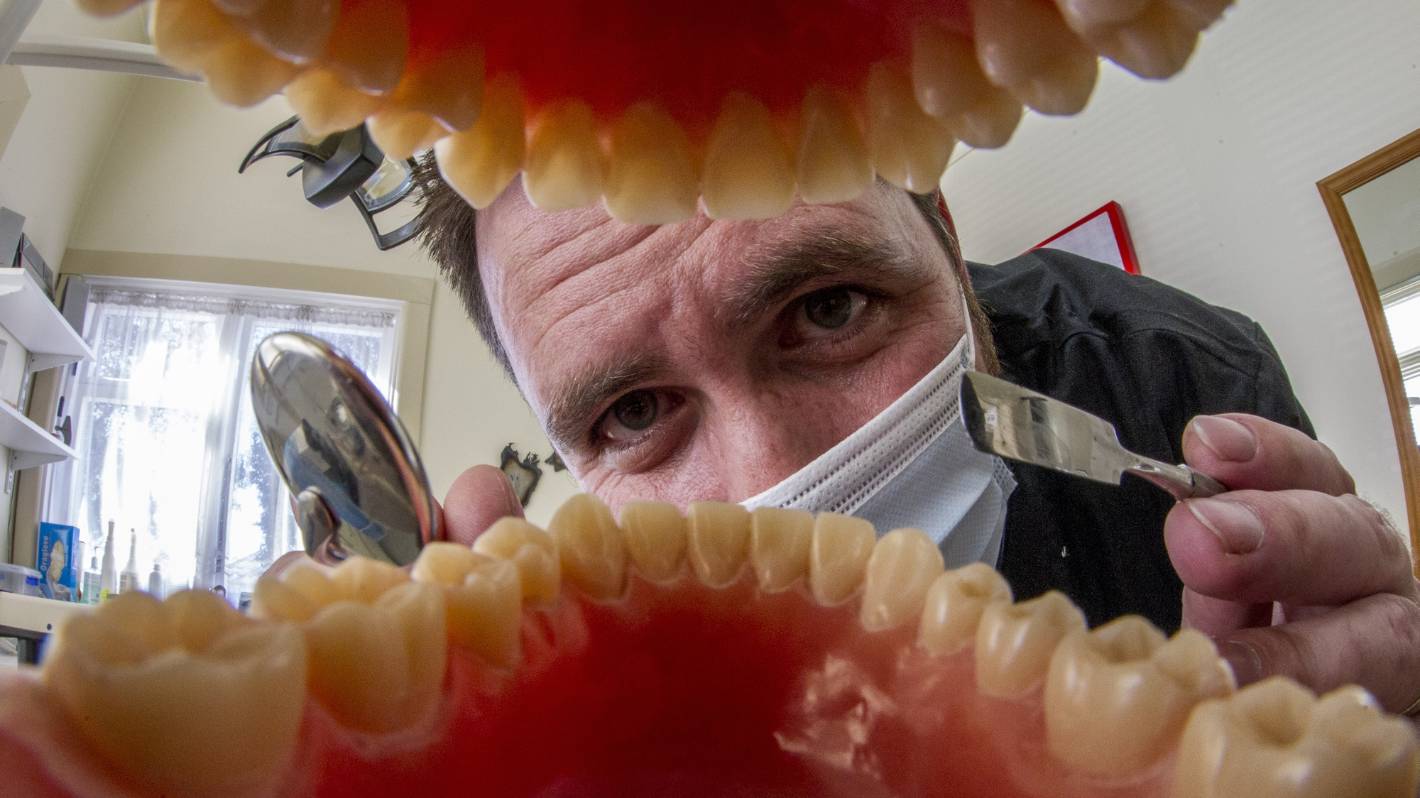A town with no dentist looks set to be forced to add fluoride to its water supplies to prevent dental decay.
Small towns – including dentistless Dargaville in Northland – may need to take the step after Director-General of Health Dr Diana Sarfati wrote to 27 local councils last month.
Sarfati told the councils their drinking water supplies serving more than 500 people were being “actively considered” for a direction to fluoridate.
It follows on the heels of her predecessor, Dr Ashley Bloomfield, ordering 14 larger councils to fluoridate their water in July.
READ MORE:
* Whangārei mayor slams move to ‘mass medicate’ council drinking water with fluoride
* Dr Ashley Bloomfield orders 14 councils’ water supplies to be fluoridated
* Who pays for fluoridating Christchurch’s water? Not us, council says
Bloomfield’s direction is to be phased in over a number of years and the councils could apply for costs from an $11.3 million fund.
The orders come after a 2021 law change, which shifted the decision on fluoridation from local authorities to the director-general of health.
Stacy Squires/Stuff
A trip to the dentist from Dargaville can not only be expensive, it also takes a lot of time, with adults having to drive to Whangārei for an appointment. (File photo)
The Ministry of Health considers fluoridation as the most effective public health measure for dental decay prevention, and it could help residents in towns like Dargaville, which has not had a dentist since late 2021.
Adults in need of dental treatment have to travel to Whangārei, which is at least 50 minutes’ drive and longer for outlying communities.
Children under 18 still have access to a dental nurse.
But Kaipara District Council mayor Craig Jepson thought it should be a community decision and he wanted a chance for the community to have their say.
Supplied
Kaipara mayor Craig Jepson says he doesn’t believe fluoridation should be forced onto his community. (File photo)
“I know it’s a very contentious issue – I wouldn’t say it’s necessary to be imposed on everyone.”
Jepson said he planned to discuss the issue with fellow councillors and bring it to a council meeting early in the new year.
The water supplies under active consideration in Kaipara district are Dargaville, which has 2765 connections to homes and businesses, and Maungaturoto, which has 449 connections.
Smaller supplies at Ruawai, Glinks Gully and Mangawhai are considered too small for the direction, with 249, 78 and 17 connections respectively.
Former Whangārei mayor Sheryl Mai also previously slammed the enforced fluoridation, saying it was a government move to “mass medicate”.
Whangārei District Council was included in Bloomfield’s earlier order to fluoridate.
It will start fluoridating the Whangārei water supply by December 31, 2023 and the Bream Bay supply by June 30, 2024.
It was told it could apply to the ministry for $2.9m to install the technology to add fluoride and for $100,000 a year to cover operational costs.
Riana Clarke, the ministry’s national clinical director of oral health, said there was strong international evidence that fluoridation is beneficial to New Zealanders of all ages, especially the most vulnerable communities.
“Water fluoridation is recommended by key public health agencies around the world – including the World Health Organisation – as an important contribution to health equity, as the benefit of dental decay prevention is greater for Māori, children and those in low socioeconomic groups.”
Clarke said there are no adverse effects of any significance arising from fluoridation at the levels used in New Zealand.
Larger councils and water supplies were ordered to fluoridate first, based on a decision taking into account the needs of the population, the size of the population and the local authorities’ ability to act swiftly, she said.




